Healing the world with science and medicine
These women in biomedicine and medicine are out to cure disease, one germ at a time
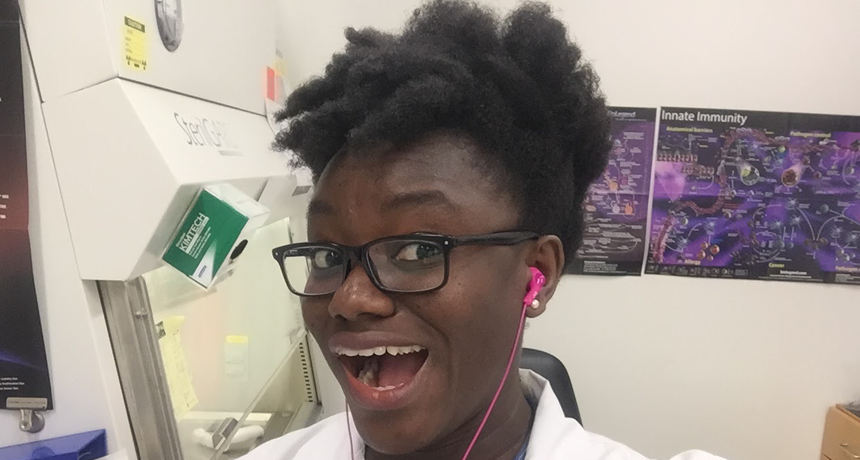
Danielle Twum studies how the immune system responds to cancer.
D. Twum
When Science News for Students decided to write a feature about women in science, technology, engineering and math — or STEM — we wondered how to illustrate the story. Buying photos from a commercial photography shop was one option. But that seemed like a poor way to illustrate the breadth of girls and women interested in science.
Then we thought, what better way to illustrate a story about women in STEM than showing the women at work — or blowing off steam after a day in the lab? We put out a call asking for women to send us their photos, videos and sound clips. And boy did they ever.
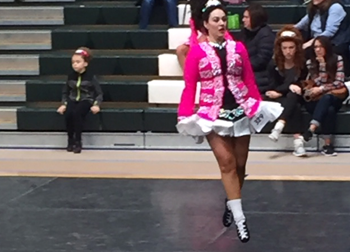
We received more than 150 submissions from around the world! We used some to illustrate our feature. But we didn’t want to leave the rest out. So we’re posting our submissions in blog posts.
Today, we meet 25 women who don’t flinch in the face of disease. These scientists and medical students are out to save lives, one person or experiment at a time.
Catlyn Blanchard
Why be a scientist or a doctor when you could be both? Blanchard is a graduate student at the University of Rochester Medical Center in New York. In addition, she’s just started medical school at the State University of New York Upstate Medical University in Syracuse. In her graduate work, she has spent six years studying how to combat infections caused by bacteria. These studies inspired her to go to medical school. There, Blanchard says, she loves “applying my research and science knowledge to the treatment of patients.”
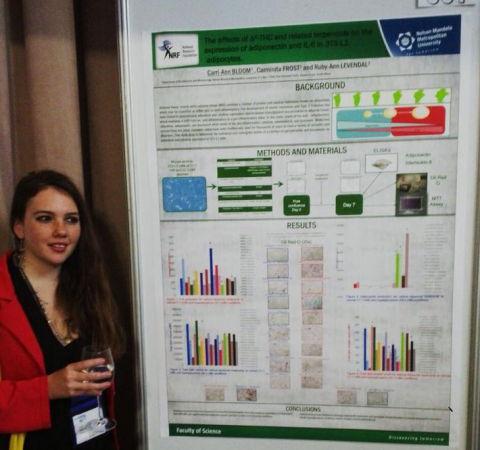
But life can’t be all science all the time. “To stay sane and get a little bit of exercise,” she notes, “I have been a competitive Irish dancer for the past five years.” This coming November, Blanchard will be dancing across the stage in her third regional competition.
Carri-Ann Bloom
Most people think of scientists as people who wear white coats. But why white? “I have a bright yellow lab coat that I fashionably like to wear,” notes Bloom. She attends graduate school in biochemistry at Nelson Mandela Metropolitan University in Port Elizabeth, South Africa.
Molly Bristol
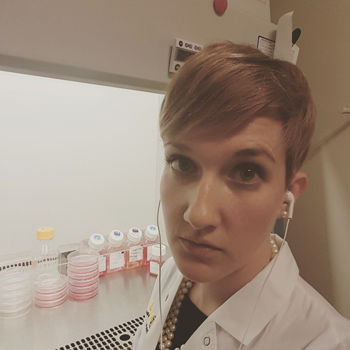
Bristol is out to defeat cancer. She’s a pharmacologist — someone who studies medicines and the way they interact with the body. When she was getting her PhD, she says, “I worked in a laboratory that looked at combinational therapies in breast cancer treatment.” As she explains, the team she worked on was probing “how to combine two drugs that aren’t toxic on their own, but together kill cancer cells.” Now, she works with the human papilloma virus (HPV). This is a sexually transmitted infection that also can cause cancer. Bristol hopes her project will “determine what genetic factors help certain patients respond better to treatments.”
But she doesn’t let her work take over her life. “I have a lot of non-scientific hobbies,” she says. “I sew, bake, paint, make jewelry and love yoga and cycling. I also love to travel.” So far, she has been to 39 states and seven countries.
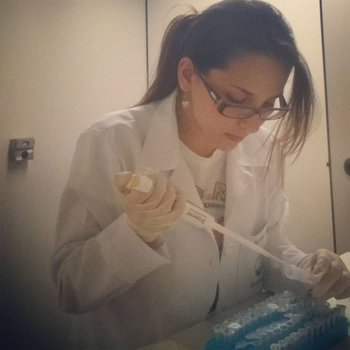
Isabella Capilla Navarro
Capilla Navarro is in graduate school for cell biology and neurobiology at the Kaiserslautern University of Technology in Germany. Before that, she worked in a laboratory at São Paulo State University in Brazil. “In the lab, I feel I am in my ‘natural habitat,’” she says. Someday, she wants to combine her love of technology with her love of biomedicine.
Carol Lynn Curchoe
Annoyed with the short battery life on your phone? So is Curchoe. So she started a company called 32ATPs. The company’s goal is to find ways to build longer-lasting batteries, using energy-generating methods found in living cells.
(Story continues below video)
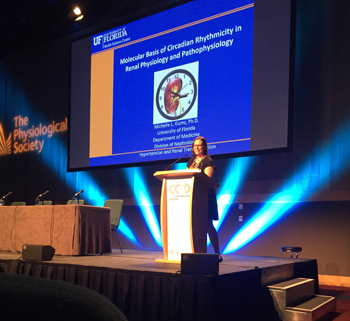
Michelle Gumz
Everything in your body runs on its own cycle — even the kidneys that produce your urine. Gumz wants to find out how this “clock” in the kidney affects its function. She’s a biochemist and molecular biologist at the University of Florida in Gainesville. And she refused to let anything slow her down. She’s already survived cancer herself — twice.
Charlotte “Bob” Keith
Keith is a clinical scientist who helps analyze chromosomes — threadlike pieces of DNA found in a cell’s nucleus. Her work at the South East Scotland Genetic Service in Edinburgh helps to diagnose genetic diseases in people.
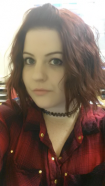
And yes, Keith says, people really do call her Bob. “Been called it since high school, [it’s a] very long and very immature story,” she quips. “It’s also one of the hazards of being called Charlotte. You get everything: Charlie, Lotte, Cha-cha, and also get Bob, Charbob [and] Boblette.”
Rikki Harrison
When you go to the doctor and give a blood sample, have you ever wondered where it goes next? Well, if you’re at the Oregon Health and Science University in Portland, it might go to Harris. She’s a cytogenic technologist. That means that she prepares and analyzes chromosomes from blood, bone marrow and prenatal samples. This can “help diagnose and treat genetic diseases,” she explains.
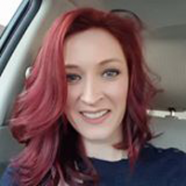
But that’s not all. “I am a big animal lover and a few years ago I fought in the courts to rescue a bear being kept in a roadside attraction,” she says. “Our story was featured on an episode on Nat Geo Wild. He now lives in a beautiful sanctuary in California!”
Cara Heuser
Some people might “meet” a woman using science the very day they are born. That someone could be Heuser, who works in maternal-fetal medicine. Her place of work: Intermountain Healthcare and the University of Utah in Salt Lake City. She’s a doctor who takes care of women when they are pregnant or having babies. “My job is so rewarding because not only do I have the privilege of caring for families during some of the most joyful (and some of the saddest) times in their lives, but I also get to teach,” she says. Her research is helping her team “find new and better ways of taking care of patients.”
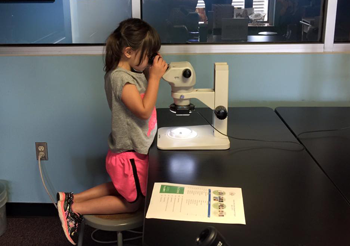
Heuser enjoys getting her whole family interested in science. “I am a mother of two and my entire family enjoys nerding-it-out together,” she says. “My husband is an engineer (now a stay at home dad) so we all enjoy science outings together. We take our kids to national parks, caves, museums, and to enjoy the local nature.”
Divya Kernik
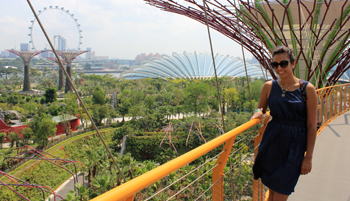
What does math have to do with medicine? Quite a bit. Ask Kernik. She is a graduate student in biomedical engineering at the University of California, Davis. “I’m working to use math to create computer models of heart cells,” she says. “We use these computational heart cells to test the safety of new drugs before they’re tested on people or animals. I hope to be able to predict why some people’s hearts react differently to drugs and use that information to predict the best drugs to treat heart disease.”
Outside of work, Kernik says, “I love to travel!” On a trip to Malaysia, she recalls, “I thought a three-legged monkey was trying to attack me,. In the end, it turned out he only wanted her ice cream. “Once I gave up the ice cream,” she notes, “he left me alone!”
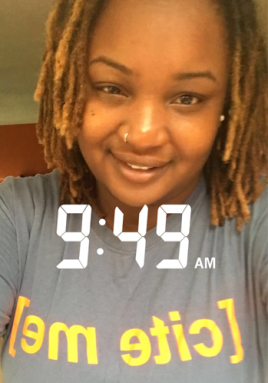
Melanie McReynolds
If you’ve ever wondered what it’s like to go through graduate school, follow McReynolds on Snapchat (her handle is dr_ohsopretty). She’s a graduate student at Pennsylvania State University in State College. McReynolds wants to develop medicines that address people’s problems individually. She explains that she has chosen to study biochemistry because “I truly believe that one day my science will change the world.”
Rajendrani Mukhopadhyay
Not all scientists end up in the lab. Mukhopadhyay is the managing editor of ASBMB Today. It’s a magazine published by the American Society for Biochemistry and Molecular Biology. She started out as a scientist in biophysics, molecular biology and biochemistry. But Mukhopadhyay ended up taking her love of learning and bringing it to the magazine world.
“These days, I learn about new aspects about molecular biology and biochemistry as I put together an awesome monthly magazine.” She says it’s all about “cutting-edge research and issues concerning researchers in the life sciences.”
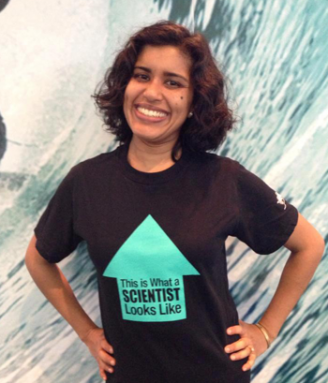
Outside of the publishing business, Mukhopadhyay lets her voice ring out. Quite literally.
“I sang the national anthem at a minor league baseball game earlier this year,” she says. “I became a U.S. citizen two years ago. And singing the national anthem at a ball game was a huge item to mark off on my new-American-citizen bucket list!”
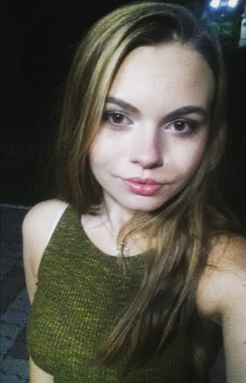
Georgiana Radu
Radu is a fourth-year medical student at Carol Davila University of Medicine and Pharmacy. It’s in Bucharest, Romania. Radu believes that “women everywhere should really follow their passions and do whatever makes them happy.” She’s following her passion and hopes to one day soon work as a surgeon. She’s also a big fan of rollerblading. And she can enjoy it from the inside. It’s been one of her athletic pursuits for 15 years!
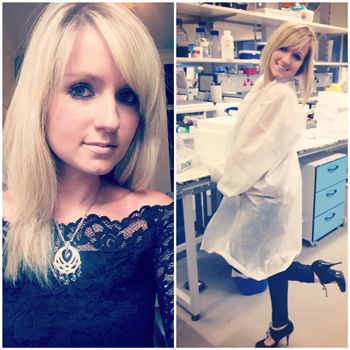
Emma Richards
Some scientists spread their love of research beyond the lab. Richards is in graduate school at Imperial College in London, England studying microbiology. She focuses on a nasty germ that can cause severe diarrhea that is very, very hard to treat. Its formal name: Clostridium difficile (Klos-TRID-ee-um Dif-oh-SEEL).
Outside of the office she’s “written a few articles as a freelance writer on topics of scientific debate, such as the potential destruction of the remaining smallpox vials.” (Smallpox is a virus that has been eradicated from the world. It exists in only a few samples held in labs under a lot of security.)
Richards is a big fan of girl power. “I once sang a solo in a school performance, promoting girl power as Queen Boudica, ‘The Warrior Queen,’ she says. “Feels like quite an appropriate experience for this feature, don’t you think?”
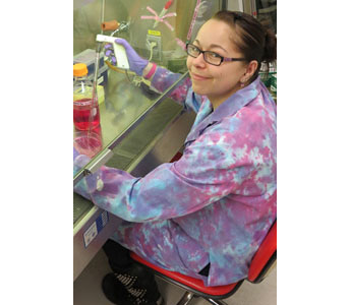
Jacqualyn Schulman
Schulman performs research in the field of pharmacology at the State University of New York Upstate Medical University in Syracuse. Such studies focus on the role of chemicals to promote health or fight disease.
In her free time, Schulman likes to go bowling. “I have been bowling since I was five years old and have competed in tournaments,” she says. “I have yet to bowl a 300 [a perfect score] but my high game is a 289!”
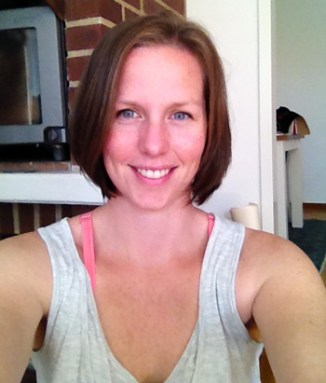
Katarina Steding-Ehrenborg
You may have heard that exercise is good for your heart. We know that because of scientists like Steding-Ehrenborg. She works at Lund University in Sweden. “I study how long-term endurance exercise affects the heart,” she notes. But that’s not all. Her work also investigates how long-term space flight affects that blood-pumping organ in astronauts. Her tool of choice: advanced cardiac magnetic resonance imaging. That’s a technique that uses magnets to image the inside of the body. “I also write children’s books,” she says, because “it amuses me.”
Danielle Twum
Twum studies how the immune system — the body’s defense mechanism — responds to breast cancer at the Roswell Park Cancer Institute in Buffalo, N.Y. “One interesting fact about myself is that when I give seminars, my accent changes depending on which part of the seminar you catch me at.” She notes that she is originally from Ghana, West Africa. But she has lived in theUnited States for some time. “As a result,” she observes, “I have developed an arsenal of accents that make themselves known during seminars!”
Twum also likes to include a fun feature in her talks — her favorite food. “I am obsessed with croissants,” she says, “and have been known to even feature them in every talk I give.”
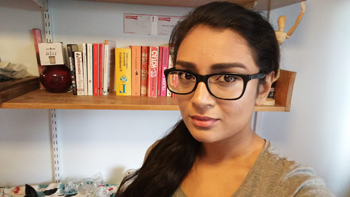
Glory Valantaine
Valantaine is about to start graduate school in molecular medicine at Brunel University in Uxbridge, England. She started research in college. Telomeres are protective “caps” at the end of chromosomes — the threadlike pieces of DNA in a cell’s nucleus. The projects she worked on have explored a possible link between teleomeres and a particular gene. It’s known as BRCA2, short for breast cancer gene 2. She says she has “really enjoyed conducting the research and putting all the information together.”
She never gets tired of learning. “I took Tamil lessons for a year and a half, so I could learn to read and write it,” she says. Tamil is a language spoken in India and Sri Lanka. But in class, she stuck out a bit. “As a beginner I was put with 5- to 8-year-old girls.”
Eve Crane, Kati Ahlqvist, Malea Murphy, Jennifer Gill, Stacy Yuan and Bookyung Ko
(post continues below graphic)
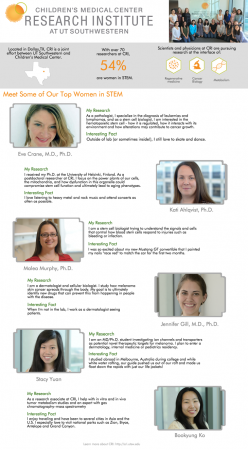
If you enjoyed this post, make sure to check out other posts in this series. We’ve got women in astronomy who are reaching for the stars, women studying the secrets of life and women who are harnessing the power of chemistry. And make sure to keep an eye out for future posts on women in geology, paleontology, math, engineering and more.
Follow Eureka! Lab on Twitter







